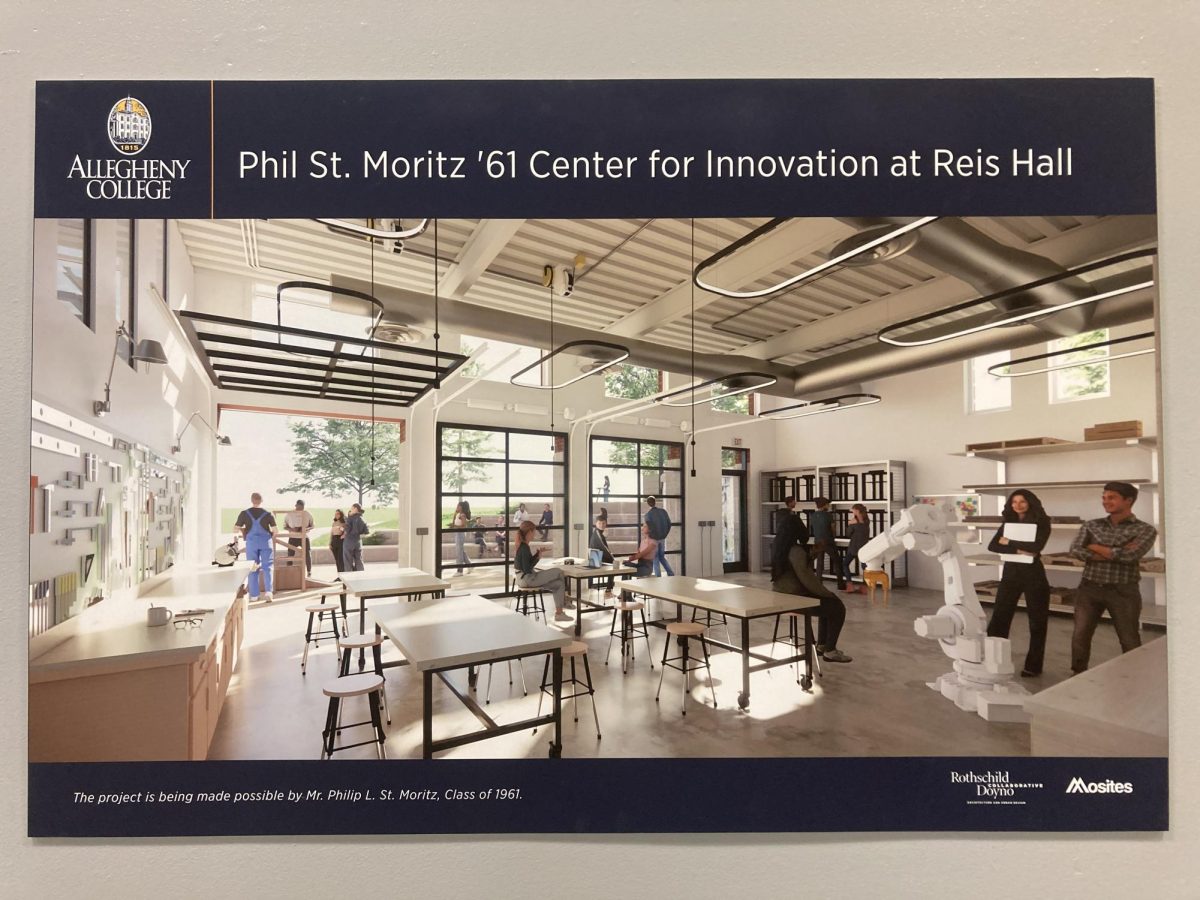By MARIN SANDIESON
Contributing Writer
Allegheny continues its celebration of the Year of Civil Rights with “Making the Movement: Objects, Objectives, and Civil Rights,” a traveling art exhibit showcasing materials used in the civil rights movement. The exhibit will remain open in the Tippie Alumni Center until Dec. 31.
Making the Movement contains a variety of materials used by activists in the civil rights movement to spread support for their cause. The exhibit also features artifacts specific to Allegheny and photographs from the exhibit’s previous host, the Robert H. Jackson Center. Making the Movement aims to explore how these materials influenced the civil rights movement and reflected its changing goals and tactics.
Allegheny College has a growing partnership with the Robert H. Jackson Center, which helped Allegheny expand its research and community engagement, specifically in the areas of law, courts and international human rights.
The exhibit was created by David L. Crane, history instructor at Alamance Community College in North Carolina. He is the author of “Become as One People: Colonial Identifications for Native Americans in the Carolinas, 1540-1790.” Crane is currently writing a book based on the display.
“I started about 10 years ago collecting items here and there from the civil rights movement,” Crane said. “About five years ago, my collection got large enough to turn it into an exhibit and I realized that the objects themselves were telling a story, and that by putting the objects in order like the chronological way of this exhibit you could tell the history of the civil rights movement.”
The exhibit is organized into five chronological phases. The first, 1909 to 1938, focuses on the founding of the NAACP up until the Great Depression. The second, 1939 to 1950, covers World War II and the progress made by the civil rights movement during that time.
“Many civil rights organizations were initially opposed to U.S. entry into World War II. The argument was basically, ‘Hey, there’s still work to be done here. How can we spread democracy if we don’t have it here in the United States?’” Crane said.
The third section discusses the Brown v. Board of Education decision. The ruling was the first crack in the Jim Crow Laws and declares that segregation in education is unconstitutional, according to Crane.
The fourth section, 1960 to 1965, covers the sit-in movement up until the Voting Rights Act of 1965. The final phase is 1966 to 1976, focusing on the divisions within the movement over different objectives and tactics.
Crane’s collection of artifacts began 10 years ago, when he purchased a NAACP member button from 1954.
“The reason I bought it is because 1954 is the year of the Brown v. Board of Education decision,” Crane said. “It’s pins like that, and the revenue it generated from this membership, that paid for the legal defense fund for Thurgood Marshall’s team to successfully defend Brown v. Board of Education. That sort of got me off on the path, and I realized that these items—these buttons and posters and pamphlets and stuff—this basically is what helped the movement be successful.”
The exhibit was designed by Jennifer Champ, the collections and exhibit manager at the Robert H. Jackson Center in Jamestown, N.Y., where the exhibit debuted in March. The Jackson Center is primarily dedicated to the life of Robert H. Jackson, a lawyer during the New Deal Era, who served as Solicitor General, Attorney General and the Chief U.S. Prosecutor at the Nuremberg War Crimes Tribunal.
The opening was accompanied by guest speaker, Rick Momeyer, an Allegheny alumnus from the class of 1964. Momeyer spoke about the civil rights movement and his participation in the Freedom Summer of 1964.





